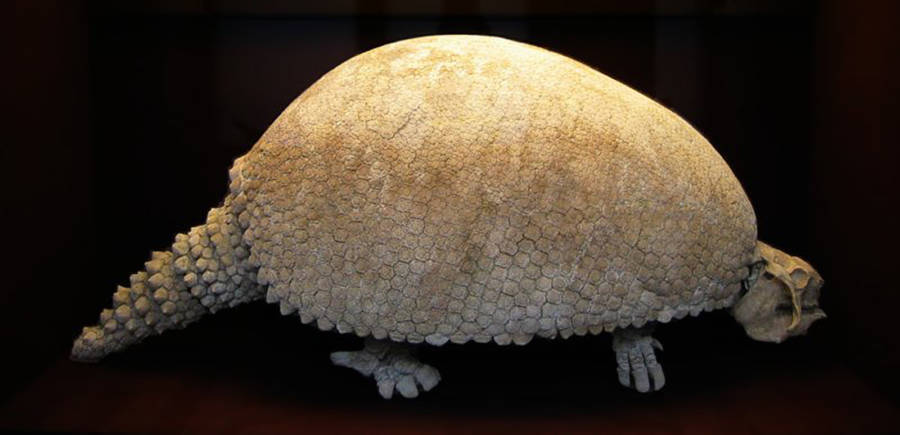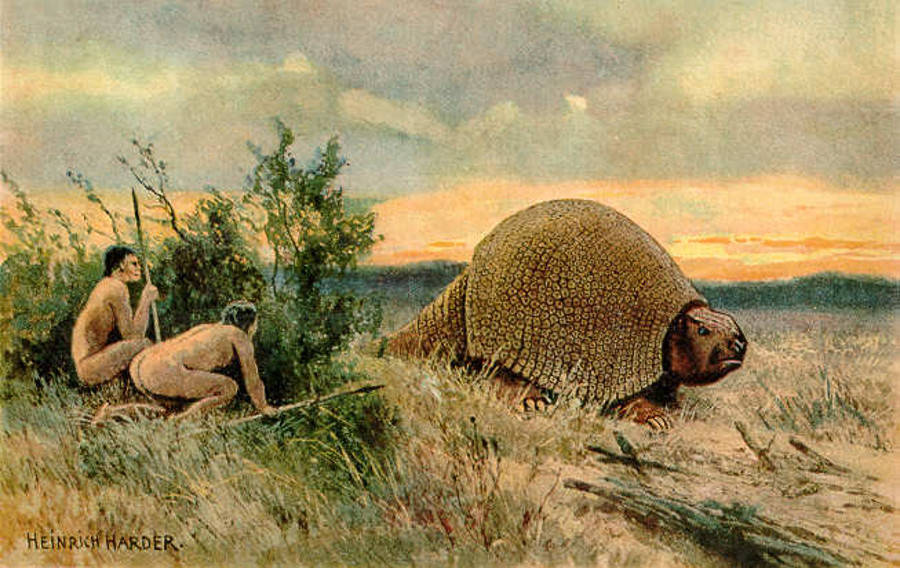Family of black man gunned down by off-duty cop admits shooting was ‘justified,’ gets video released to ‘quell’ rumors
The family of an armed black man who was shot dead by an off-duty police officer has said the shooting was “justified” — while approving police efforts to rush the release of video to “quell misinformation” and protests.
Elijah Wilks, 26, was fatally shot on Thursday, Oct. 9, after he caused a minor car accident with an unidentified Milwaukee police officer who was on his way to work, officials have said.
Newly released video shows Wilks walking up to the relaxed-looking, 40-year-old plainclothes officer — then pulling out a gun and smacking him in the face with it.

As he backs off, Wilks then raises his handgun and points it straight at the cop — who fires his department-issued handgun in self-defense.
Wilks was declared dead at the scene while the officer — a 21-year veteran of the force — was taken to the hospital for minor injuries, according to the Milwaukee Journal Sentinel
.
While the police department typically waits 15 days before releasing videos of officer-involved shootings to the public, Wilks’ family wanted it to be released as soon as possible to “quell misinformation.”
“We will acknowledge that we believe this officer-involved shooting was justified,” the family’s attorney, B’Ivory LaMarr, said at a news conference.
“We acknowledge that (Wilks) made a bad decision yesterday and unfortunately it came with dire consequences,” he said, acknowledging the officer shot back “in accordance with his training.”
“The Wilks family has seen the truth for themselves. Now they want the public to see it too. They are choosing truth over rumor — transparency over division.”


Wilks’ aunt, Latrice Bell, said the family did not intend to file any lawsuits and was “at rest” with what the video showed.
“My nephew, he made a decision he should not have made and that’s just something we have to live with,” the aunt said.
Wilks’ family said he had been driving to his uncle’s funeral when he flipped, suggesting that could be why he acted violently and out of character.
The West Allis Police Department is leading the investigation into the ѕһᴏᴏтɪпɡ.
11 Of Ancient Earth’s Most Unbelievable Prehistoric Animals

For thousands to millions of years, these massive creatures stalked Earth at its dawn, until climate change — or early man — hastened their demise.
Prehistoric animals once roamed — and ruled — planet Earth.
Some of them, like the giant sloth or the woolly rhino, were generally gentle. Others, like the saber-toothed tiger and the dire wolves, dominated their environment with their size and fearsome fangs.
For millions of years, these ancient animals stalked through grasslands, climbed trees in the jungle, and chased prey into tar pits. Though vastly different, they all died out in similar ways due to changing climate, poaching, or disease.
Today, they exist as just a whisper of their former might — a bone here, a tooth there — but in their prime, these prehistoric animals would have struck fear and awe into early humans.
Glyptodon: The Prehistoric Armadillo The Size Of A Car

Wikimedia CommonsA fossil of the prehistoric animal known as glyptodon.
Between 5.3 million to 11,700 years ago, a peculiar creature called the glyptodon — meaning “grooved tooth” — walked the Earth.
Ten feet long and weighing as much as 4,000 pounds, this “giant armadillo” existed in present-day North and South America. Though the glyptodon had a powerful tail and an armored back made of 1,000 bony plates, it likely lived a fairly peaceful existence. An herbivore, it mostly ate grass and didn’t have to worry about any bloody tussles over game.
That said, the glyptodon could defend itself — even against other glyptodons — if need be. Its powerful tail could crush a human skull, and its shell-like back offered a strong defense.
Based on the damage found on glyptodon shell fossils, scientists believe that the beasts often fought each other. To settle disputes over territory or mates, they’d pummel their opponent’s shell with their strong tail.
But this ancient animal often had to contend with humans, too. Early hunters likely stalked the glyptodon for its meat and shell. To kill it, however, they had to turn it on its back — no small task — and spear its soft underbelly.

Wikimedia CommonsEarly humans might have even used these ancient animals’ massive shells as shelter.
Researchers first discovered the glyptodon in 1823, when Uruguayan naturalist Dámaso Antonio Larrañaga came across a giant femur. The bone weighed about seven pounds and stretched six to eight inches long.
Most believed, however, that he’d found the bones of a giant sloth called Megatherium. Further discoveries convinced scientists that they were dealing with a different prehistoric animal, however, and biologist Richard Owen dubbed it a glyptodon because of its curved teeth.
The reign of the glyptodon came to an end shortly after the last Ice Age. Climate change, and aggressive human hunting, drove the giant armadillo into extinction.





